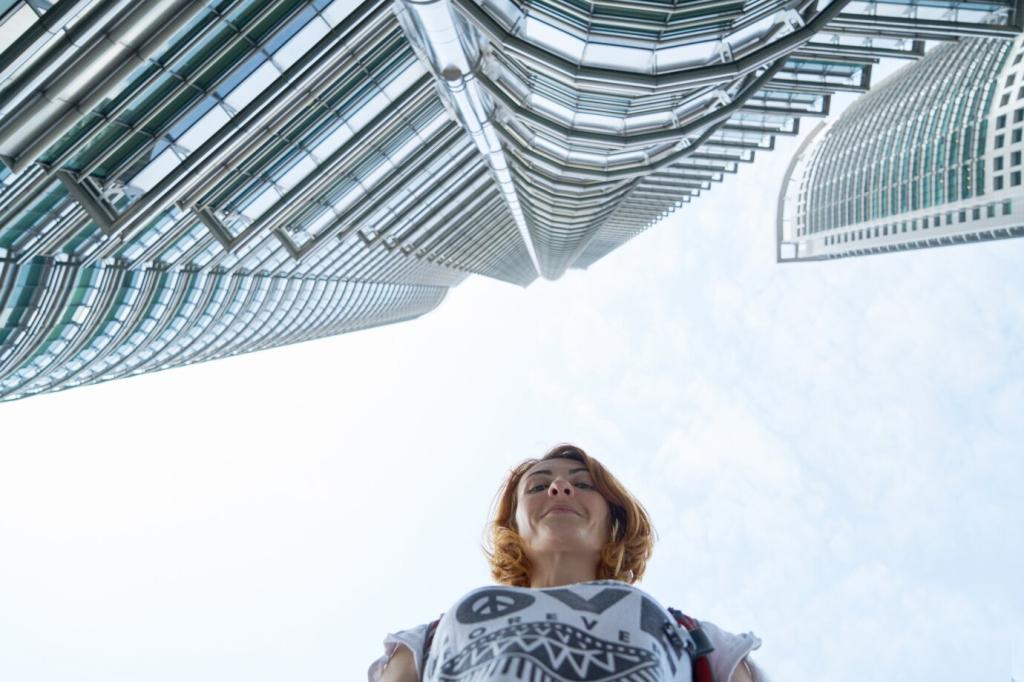Eco-Friendly Modern Exterior Design Trends
Discover how contemporary architecture is embracing sustainability without sacrificing style. Eco-friendly modern exterior design trends are transforming buildings by integrating innovative materials, energy-efficient features, and an organic relationship with the environment. This comprehensive guide delves into the emerging techniques and ideas shaping greener exteriors for residential and commercial spaces alike. Explore how aesthetics and environmental responsibility can elegantly coexist on the facades and landscapes of tomorrow’s most admired structures.
Incorporating reclaimed wood, recycled metal, and other renewable resources into exterior design can dramatically reduce a building’s environmental footprint while infusing warmth and character. These materials, often sourced from deconstructed buildings or managed forests, add a unique narrative to each project. Their textures and history offer visual interest, while their reuse supports circular economies and conservation efforts. Modern techniques enable these reclaimed materials to be treated for weather resistance and longevity, ensuring that beauty does not come at the expense of durability. As a result, design professionals can create facades that are both inviting and conscious of their environmental impact.

Energy-Efficient Facades
The evolution of energy-efficient glass technologies is transforming the modern facade. High-performance glazing systems, such as low-emissivity (Low-E) and triple-glazed windows, dramatically curtail heat transfer while allowing abundant natural light. These systems help maintain a consistent indoor climate, reducing the demand on heating and cooling equipment. Spectrally selective coatings further enhance efficiency, balancing daylight entry with solar heat gain control. When coupled with carefully designed overhangs or shading devices, these window solutions blend transparency with practicality. As a result, buildings benefit from striking contemporary looks and lasting energy savings.

Nature-Integrated Design
Green Roofs and Living Walls
Green roofs and living walls offer an innovative approach to integrating plant life directly onto a building’s exterior. These systems improve insulation, manage stormwater, and promote habitats for birds and insects, thereby contributing to urban biodiversity. The visual impact is equally compelling, infusing otherwise stark surfaces with lush growth and seasonal color. Technological advancements in lightweight substrates, irrigation, and plant selection make these solutions practical even for modern high-rises. Not only do green roofs and living walls cool surrounding temperatures and improve air quality, but they also create restorative spaces for building occupants and passersby alike.
Blended Indoor-Outdoor Spaces
Seamlessly connecting interior and exterior environments is at the heart of modern biophilic design. Retractable glass walls, expansive decks, and covered patios dissolve the barriers between shelter and landscape, encouraging daily interaction with nature. These transitional zones are crafted with comfort and sustainability in mind, using climate-appropriate plantings, permeable surfaces, and natural shading. The flow of fresh air, natural light, and outdoor sounds invigorates both residential and commercial spaces. This blending not only enhances the wellbeing of occupants but also upholds the principle that good design should respect and reflect the surrounding environment.
Native Landscaping
Using native plants and drought-tolerant landscaping underscores a commitment to ecological preservation in modern exteriors. Native species require less water, fertilizer, and maintenance while providing shelter and food for local wildlife. These landscapes can be tailored for any aesthetic, from crisp geometric plantings to wilder, more organic forms that mimic natural meadows. Thoughtful grading and rainwater harvesting further improve sustainability, turning gardens and grounds into self-sustaining ecosystems. In today’s eco-conscious design world, native landscaping celebrates place, supports resilience against climate extremes, and offers distinctive natural beauty.
